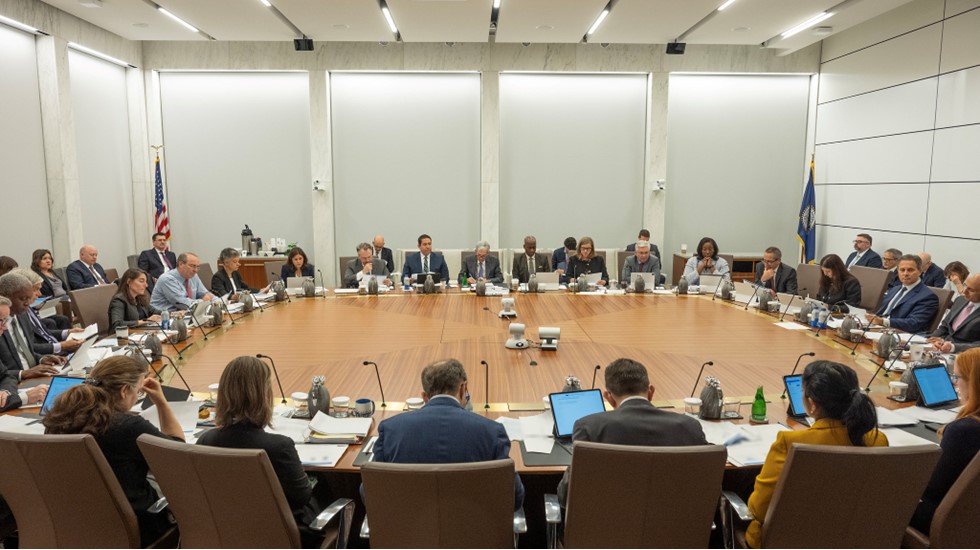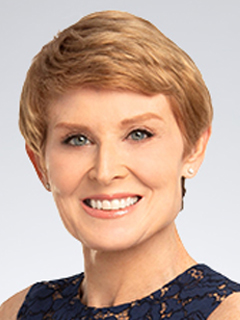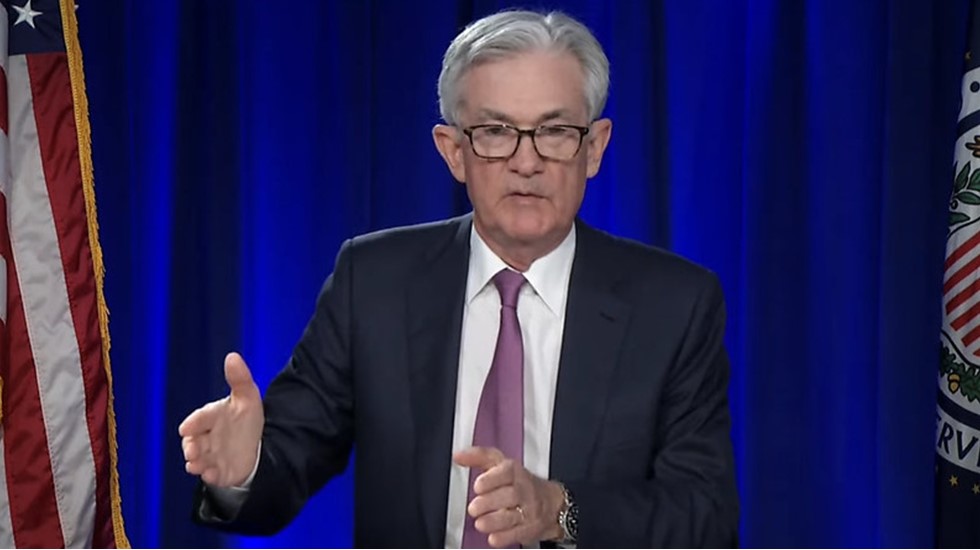Brace for dissent
The pandemic inflation is still smoldering.

July 24, 2025
The Federal Open Market Committee (FOMC) – the policy making arm of the Federal Reserve – is widely expected to hold rates unchanged at its July meeting. Inflation has picked up slightly, especially in some of the most tariff-sensitive sectors, while unemployment remains historically low.
A flurry of economic data are due out next week, including the first estimate of GDP for the second quarter. That will provide insights into the June PCE inflation index, which the Fed targets. It is expected to come in a bit tamer than the CPI with cooler service sector inflation offsetting higher goods prices. Some of the most tariff-sensitive sectors have begun to show price increases, but the bulk of any inflation bump due to tariffs is still ahead of us.
Cuts to the budgets for the government statistical agencies are another issue; close to a third of the pricing data for the CPI are being estimated or imputed due to a lack of experts in the field.
The Beige Book for July was not encouraging, as it revealed slowing growth amidst rising cost pressures. The Fed is still trying to determine whether the blow to demand or boost in prices will be larger. The employment report for July will not be released until two days after the meeting concludes.
Governor Christopher Waller, who is a dark horse candidate to replace Chairman Jay Powell, has already signaled that he is likely to cast a dissenting vote at the July meeting. He believes the rise in inflation will be temporary, while the blow to employment could be much larger. It is unusual but not unprecedented for a Fed governor to dissent.
The last time it occurred was in September 2024. Back then, Governor Michelle Bowman dissented. She pushed back against a one-half percent cut, favoring a quarter-point cut instead. She has done a one-hundred-eighty-degree turn and is now siding with Waller, although two governor dissents at a meeting would be unusual.
Multiple dissents by governors, who are closest to the Chair, could signal an unintended view that they have lost confidence in the chairman. That happened to former Fed Chairman Paul Volcker when he was voted down at a meeting in 1987. He resigned and was replaced by Alan Greenspan during that summer.
The last time the Fed had two dissents by Governors occurred in December 1993 when the Fed was debating whether to raise rates. They wanted to move more rapidly. The Fed did raise rates aggressively in 1994, culminating in a 0.75% hike in November of that year. Former Chairman Greenspan actively worked to keep dissents to a minimum during his tenure, due to the optics and the role they played in forcing Paul Volcker to resign.
That said, one should expect dissent as the Fed gets closer to deciding when to cut rates, given the wide band of uncertainty over how tariffs play out. The timing is particularly hard, as the pandemic inflation we endured is still smoldering, keeping the memory fresh. That could make it easier for firms to raise prices.
The offset is that we lack the fiscal stimulus we had emerging from the pandemic. That could mean consumers will push back more against those price hikes. We just will not know until the full effects of tariffs are felt. Threats to raise tariffs further on August 1, two days after the Fed meets have further complicated the calculus on the timing of a rate cut. This has not been a one-and-done phenomenon.
The moral of the story: The Fed will avoid cutting rates in July. Tune in for Powell’s Jackson Hole Symposium speech in August to see if he and his colleagues have enough evidence to open the door to a rate cut in September. My guess is not. We continue to expect the Fed’s first rate cut to occur in October or December, barring a major jump in unemployment.
Powell is unlikely to cave to pressure to resign prior to the end of his term in May 2026. That does not preclude the bond market from getting roiled, should perceptions about the Fed’s independence shift. Foreigners have already scaled back their Treasury bond purchases due to fears that the Fed could lose its independence.
We continue to expect the Fed’s first rate cut to occur in October or December, barring a major jump in unemployment.

Diane Swonk
KPMG Chief Economist
Explore more

Powell in “wait and see” mode
The Fed is in no hurry to decide on rates.

KPMG Economics
A source for unbiased economic intelligence to help improve strategic decision-making.

Walking a tightrope: Biannual economic outlook
Aggressive rate cuts could destabilize the bond market.
Subscribe to insights from KPMG Economics
KPMG Economics distributes a wide selection of insight and analysis to help businesses make informed decisions.
Meet our team
